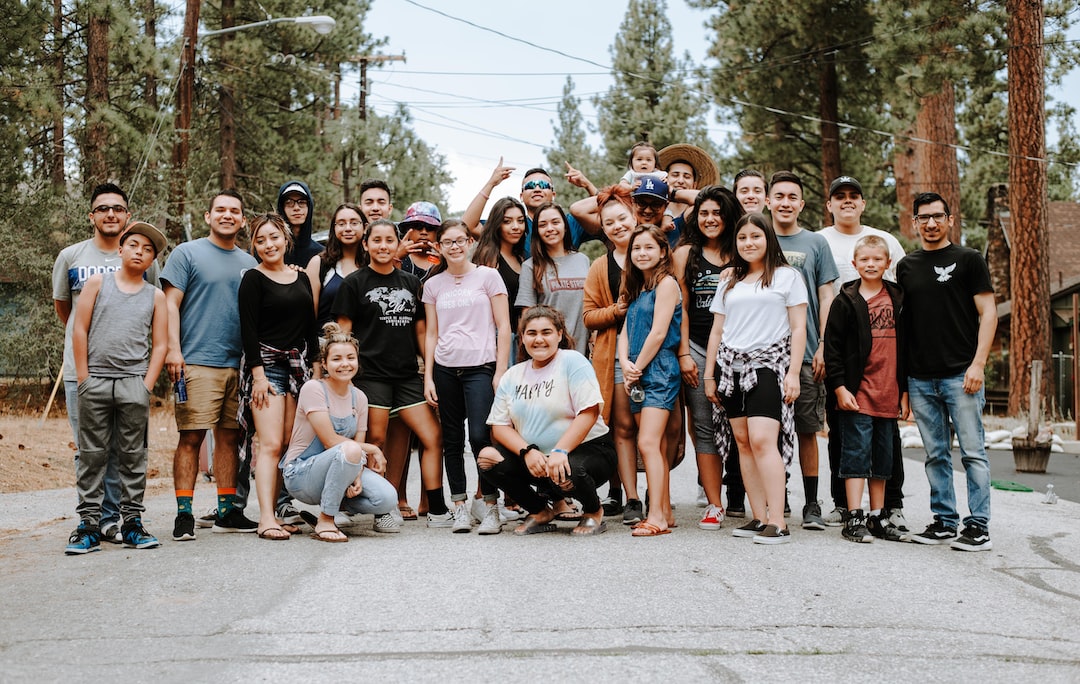Revitalizing Neighborhood Parks: A Guide to Community-Led Initiatives
Neighborhood parks play a crucial role in shaping vibrant communities. They provide spaces for various recreational activities, enhance the physical and mental well-being of residents, encourage social interactions, and contribute to the overall aesthetics of the neighborhood. However, many parks around the world often suffer from neglect, limited resources, and lack of community involvement. To tackle these challenges, community-led initiatives have emerged as a powerful tool for revitalizing neighborhood parks. This blog post aims to provide a guide to these initiatives and how they can transform parks into thriving community hubs.
A community-led park revitalization initiative involves collaboration and engagement of local residents, community organizations, government agencies, and other stakeholders. By taking an active role in the planning, design, and maintenance of their neighborhood park, community members can reshape and restore these public spaces according to their needs and preferences.
The first step towards a successful community-led initiative is building a strong coalition of individuals and organizations who share a common interest in revitalizing the park. This coalition can act as a driving force behind the initiative, bringing together different perspectives and resources. Local schools, churches, youth groups, environmental organizations, and businesses can form crucial partnerships in this endeavor.
Once the coalition is formed, conducting a needs assessment is vital to identify the priorities and desires of the community. Surveys, town hall meetings, and focus groups can help gather valuable input from residents. Understanding the diverse needs of the community is key to tailoring the revitalization efforts effectively.
With the needs assessment in hand, the community can start developing a comprehensive plan for the park’s revitalization. This plan should include both short-term and long-term goals, taking into account the community’s priorities. It is essential to consider factors like accessibility, safety, wildlife conservation, recreational activities, and green spaces when designing the park’s layout.
Funding is often a significant hurdle when it comes to park revitalization. However, community-led initiatives can tap into various resources to secure financial support. Grants from government agencies, non-profit organizations, corporate sponsorships, and crowdfunding campaigns are all potential sources of funding. Engaging local businesses and seeking in-kind donations can also make a difference. By involving the community in fundraising efforts, everyone can contribute to the park’s transformation.
In addition to financial resources, community members can volunteer their time and skills to ensure the successful implementation of the revitalization plan. Volunteer-driven maintenance and beautification activities, such as planting trees, creating flower beds, and organizing clean-up events, can not only save costs but also foster a sense of ownership and pride among the community.
Moreover, community engagement should continue even after the initial revitalization efforts. Organizing regular events and programs, such as fitness classes, cultural festivals, movie nights, and educational workshops, can drive ongoing community participation and strengthen the bond between residents and the park.
Community-led initiatives have proven to be successful in transforming neglected neighborhood parks into thriving community spaces. By empowering local residents, engaging stakeholders, and securing resources, these initiatives can enhance the quality of life for community members and create a sense of belonging. Revitalizing neighborhood parks is not just about improving aesthetics but also about building stronger, healthier, and more resilient communities.
In conclusion, community-led initiatives play a pivotal role in revitalizing neighborhood parks. By involving a diverse group of stakeholders, conducting needs assessments, developing comprehensive plans, securing funding, and fostering ongoing community engagement, these initiatives can transform parks into vibrant and inclusive public spaces. With the efforts of community-driven revitalization, neighbors can reclaim these spaces and forge a stronger sense of community, leading to healthier and happier neighborhoods.
